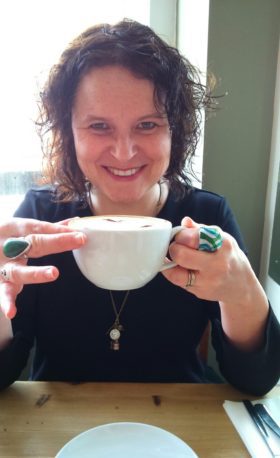 Last Thursday, I reviewed A Life Between Us. Today I’m delighted to welcome Louise Walters to the Nut Press to talk about her second novel.
Last Thursday, I reviewed A Life Between Us. Today I’m delighted to welcome Louise Walters to the Nut Press to talk about her second novel.
Louise, I’m interested in where A Life Between Us began for you.
I started with one character, Tina (called Nell initially), and I knew she was missing somebody important. Everything else followed on from that.
Do you think the story would have worked so well, had Tina and Meg been sisters but not twins?
Probably not; I think I ended up making them twins because of the overwhelming sense of loss Tina experiences. I think I needed the twin relationship to justify the way Tina behaves.
What is it about twins that fascinates? Is that relationship something you’ve been wanting to explore? And how did you go about researching and writing the bond between twins?
The twin thing was a later development. At first Tina talked to an imaginary friend, who became her dead sister, who became her dead twin sister. I didn’t research a great deal, to be honest. I just needed to get to know Tina, and understand the way she thinks and feels.
My dad is a twin, and I suppose I may have learned a few things over the years about twins! There is a strong bond between my dad and his twin brother. It seems unbreakable at times. But of course in A Life Between Us the bond is broken and poor Tina does not adjust.
How did you approach writing Meg, the dead twin? Was she a manifestation of a need within Tina or a ghost or a remnant because they were twins and had a close bond?
Meg was fun to write. I don’t know if she is “real” (ie, appears as a ghost to Tina) or if she is just a figment of Tina’s imagination – the result of Tina not coming to terms with Meg’s death in 1976. I have left it for the reader to decide if there is a “real” haunting going on here, or if it’s all in Tina’s head.
How did you decide when to set the novel, and how much leeway did you have in deciding which dates to use?
I knew I would be exploring Tina’s 1970s childhood, and as I got into the story I decided I needed to go further back to other characters’ childhoods too. It all became rather complicated for a while, and I had to disentangle lots of knots.
Lucia’s such a fascinating character that she could easily have overshadowed Tina’s modern-day storyline. Did you make a conscious decision to hold back something of her story to prevent this happening, and let her story end in a more enigmatic way for this reason?
I’m glad you found Lucia fascinating. She is quite enigmatic. She is the baddie of the piece but she’s not all bad. At some points I felt a great deal of sympathy for her. Her life could – should – have been much better. I think she was rather overshadowed in the household of boys. In a way it was natural she should feel jealous, and defensive of her position. I like to think she has gone on to pastures new, and finally become her own person.
Was there something more behind Lucia’s dislike of her brothers (except Edward) beyond the fact that she was the youngest (until William came along) and the adored only daughter? It seemed to go beyond that. And, does Lucia live a happier or more content life once she leaves Lane End House? Is that what she should have done years ago?
I think she should have left Lane’s End House years ago, and I’m actually glad for her that she finally does so. She is naturally a jealous person, and of course the big complication in her life is her feelings for her oldest brother. The prologue, where we witness Lucia saying goodbye to the only home she has known, is actually quite optimistic, I think. She doesn’t look back – at last!
Do you feel that Lucia’s life was affected as much by the generation she was born into as by her own choices and actions? How would her life have been different had she been of Tina’s generation? Would the book still have been possible, if you’d switched her story to the modern storyline and Tina’s to the past?
I think this story is all about the eras, really. Life was so different in Lucia’s era, and I really wanted to explore that. Women had a tough time being their own person (we still do in so many ways), and I felt the eras I chose to set the book in became essential to the plot.
I had pen pals and still enjoy writing letters to friends to this day, so I like that you incorporate Tina’s childhood letters to her pen pal into the book to give us a better idea of her as a child. You also used letters to good effect in your debut, Mrs Sinclair’s Suitcase. Are you a letter-writer and/or how important are they to you as a useful device in novels?
I wrote letters to pen pals too, and I do love a good letter. I enjoy epistolary novels and when I began to hear Tina’s childhood voice, letters became the obvious device for her. I loved writing them! I made Tina exactly the same age as me to help with authenticity. I really hope the letters work, as it is notoriously difficult to capture children’s voices.
Place is very important to me in books, and Lane’s End House seems to be as much a character as Tina or Lucia or Edward are in A Life Between Us. How much of what happens in the book was dictated by where you set it, and how did you decide upon Lane’s End House? Was it based upon a real place?
Lane’s End House is based on a real house: my grandparents’ house, as I recall it from my childhood. I usually use real houses in my work, as I’m not good at imagining houses! I took myself right back to my childhood and did my best to describe it accurately. The sounds are pivotal, the sounds of that house. And the windows, the large windows. It was a house with a strong atmosphere and I tried to get that into this story.
Your debut novel, Mrs Sinclair’s Suitcase, was traditionally published; you’ve now published A Life Between Us with a partnership publisher. What’s been the most satisfying part of that process, and which the most challenging? And what’s surprised you along the way? Would you do it again?
It’s been a crazy, eye-opening, stressful and rewarding experience. The best thing about it has been the autonomy, the creative control. I’ve learned how much I value that. I would definitely self-publish again! The sense of responsibility has been immense at times. I’ve questioned my decision so many times too. But the closer I came to publication date, the bolder I felt. After all, it’s just a book. It’s not life or death. I will definitely carry on writing and bringing out my books, in one way or another.
And finally, what’s next and can you talk about it yet?
My current project is actually a revamp of my first novel, which has not been published. I recently had it critiqued and I’m working on it again. I feel positive and hopeful that it will be my third published novel. It centres on the troubled but loving relationship between a single mother and her teenaged son. I love these characters and would love them to see the light of day.
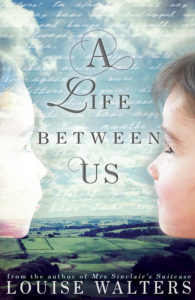 A Life Between Us by Louise Walters is out now and is available both as an ebook and in paperback.
A Life Between Us by Louise Walters is out now and is available both as an ebook and in paperback.
You can buy the paperback direct from Louise Walters Books or Troubadour Publishing and Amazon UK.
If you prefer to read ebooks, it’s available in this format from Amazon UK, Google Play or iBooks.
(Clicking on any of the links will take you to the book’s page for that retailer.)
If you’d like to know more about Louise and her books, visit her Author Website, find her on Facebook or follow her on Twitter or on Instagram.
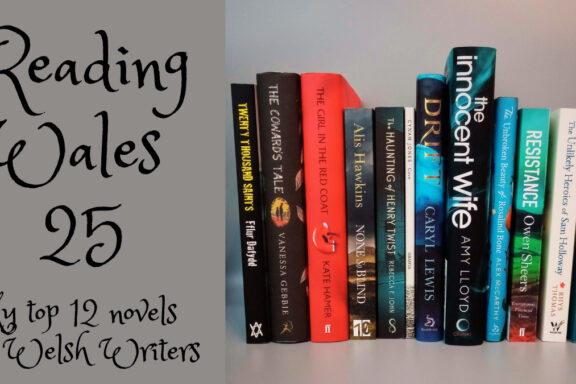
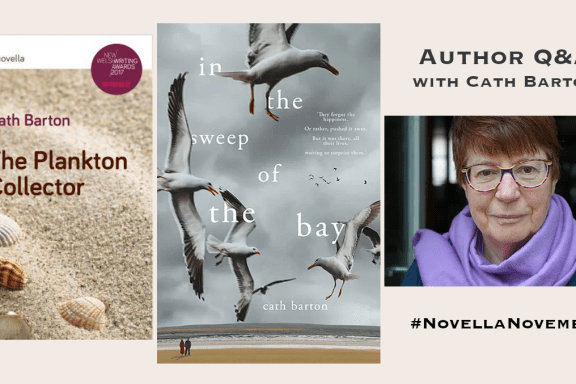
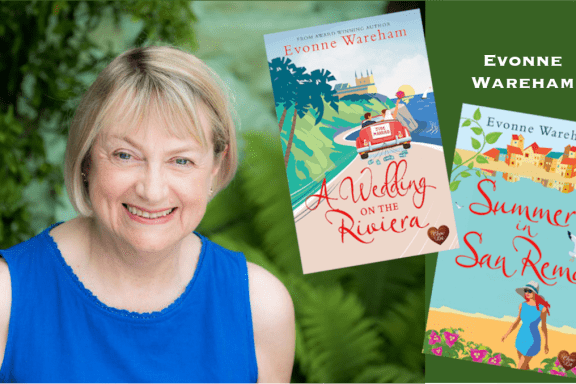
Thanks for asking these insightful questions, Kathryn. It’s great to be on your blog! x
Lovely to have you here, Louise, and thanks for giving such interesting responses. x